Key Takeaways
- Kazuo Umezu, the “God of Horror Manga,” passed away at 88, leaving behind a six-decade-long career.
- Umezu’s legacy includes pioneering shōjo horror and famous works like The Drifting Classroom (1974).
- Umezu was planning a new work before his passing, aiming to create a story that “will not bow to quantum computers.”
The anime and manga community have to bid farewell to a titan who was dubbed “the God of Horror Manga” but contributed immensely to the development of various genres. Kazuo Umezu (also stylized as “Umezz”) passed away on October 28 at the age of 88, marking the end to a full life and a career that spanned over six decades.
A private funeral was held by close friends and family, while his art company, UMEZZ, issued a statement about his passing. “Umezu wanted to spread his work throughout the world, to be read by all forever. He believed in the intrinsic artistic value of his work. May that aspiration rest forever in the hearts of all.”
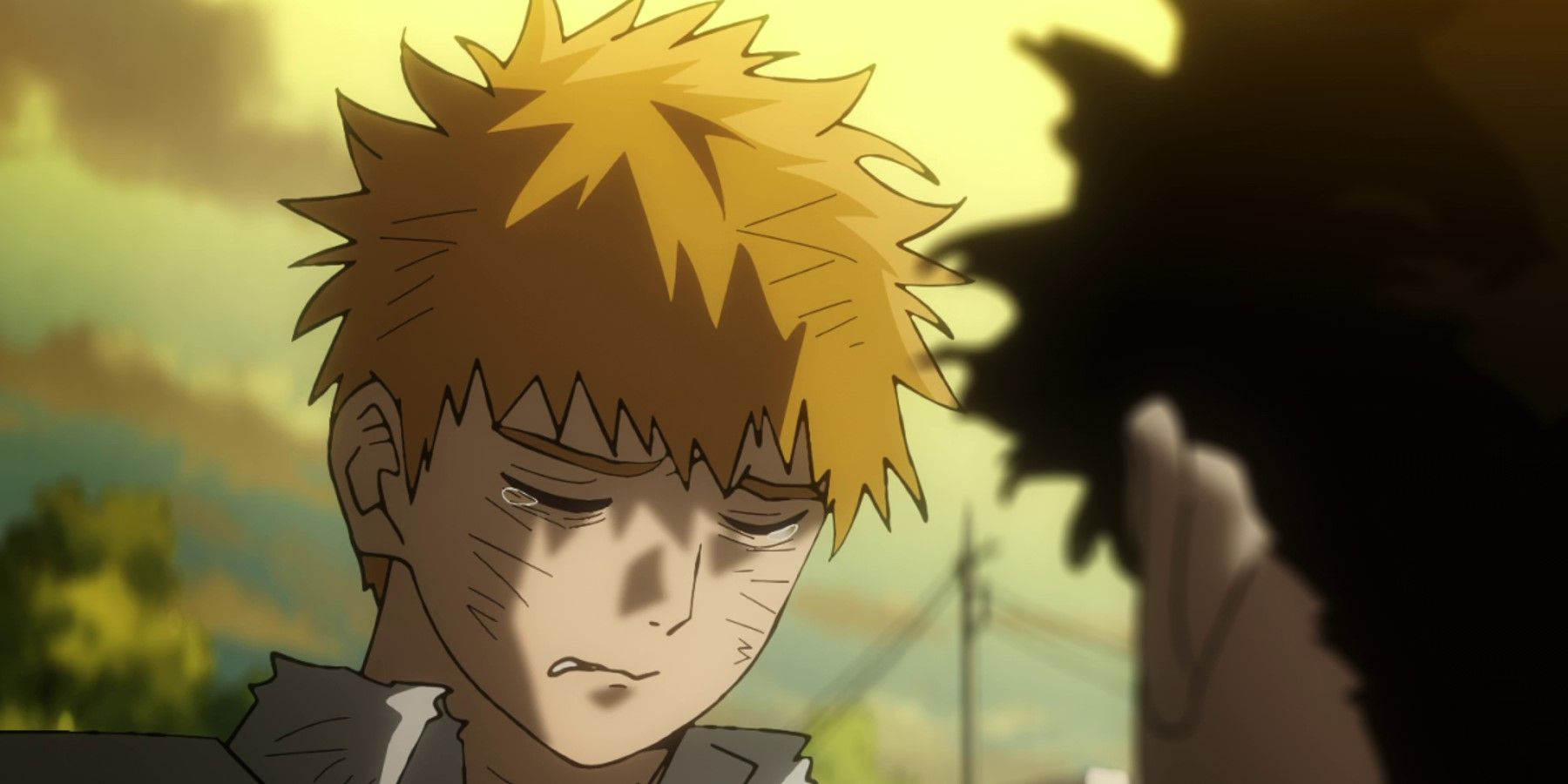
RELATED
Mob Psycho 100 Art Director Ryo Kono Passes Away
Her nephew, Akira, shared the news on her Twitter account on October 26.
About Kazuo Umezz
A Pioneering Manga Artist
Kazuo Umezu (or Umezz) was born on September 3, 1936 in Kōya, Wakayama Prefecture, but was raised in Gojō, Nara Prefecture. As a young child, Umezz’s father would tell him scary stories of local legends and folk tales, and his mother encouraged him to start drawing. When he was in the fifth grade, Umezz was inspired to draw manga after reading Osamu Tezuka’s Shin Takarajima (New Treasure Island) and published his first work, The Magic Pot, in 1955, when he was 18 years old. He published manga through magazines in the kashi-hon (book rental) industry, in which he was part of the gekiga movement – a style of manga that features a more cinematic art style and mature themes which rose to prominence in the 1960s and 1970s. This shift in storytelling style afforded him more freedom to create than he would have simply serializing in magazines, and his specialty became featuring the paranormal in his stories. At the same time, Umezz worked on creating shōjo manga, defying genre conventions in his pioneering shōjo horror, Reptilia (1965), which combined the aesthetics of shōjo with grotesque horror, a visual style now synonymous with the author.
In the late 1960s, Umezz began publishing in shōnen magazines and changed publishers from Kodansha to Shogakukan after being asked by an editor to branch out from horror. He became a prolific author of many different serializations, and was sometimes known to be working on up to five at a time. In 1974, he published what is perhaps his most famous work with the horror manga, The Drifting Classroom, which went on to win the 20th Shogakukan Manga Award. In 1976, Umezz struck gold with his hit comedy manga Makoto-chan, which was the source of the “Gwash!” hand gesture which became Umezz’s trademark as his fame and prominence grew. In the 80s, Umezz focused more on science fiction manga, creating My Name Is Shingo (1982); a title for which he was awarded the Prize for Inheritance at the Angoulême International Comics Festival for the manga’s French translation, and Fourteen (1990), which was the spiritual successor to The Drifting Classroom.
The Passing of Kazuo Umezz
He Was Planning a New Work
Kazuo Umezu was hospitalized in July after collapsing in his home in Kichijōji, Tokyo, and was diagnosed with stomach cancer. He did not undergo surgery, and was admitted to a hospice in Tokyo in September. At the time of his death, Umezu was working on a new work. During a visit, the author told The Japan News writer Kanta Ishida, “Humans cannot lose to machines. I will create a story that will not bow to quantum computers,” and revealed part of the concept. Kazuo Umezu leaves behind an immense legacy and will be remembered as one of the most influential authors in the history of manga.
Source: ANN, The Japan News
Source link
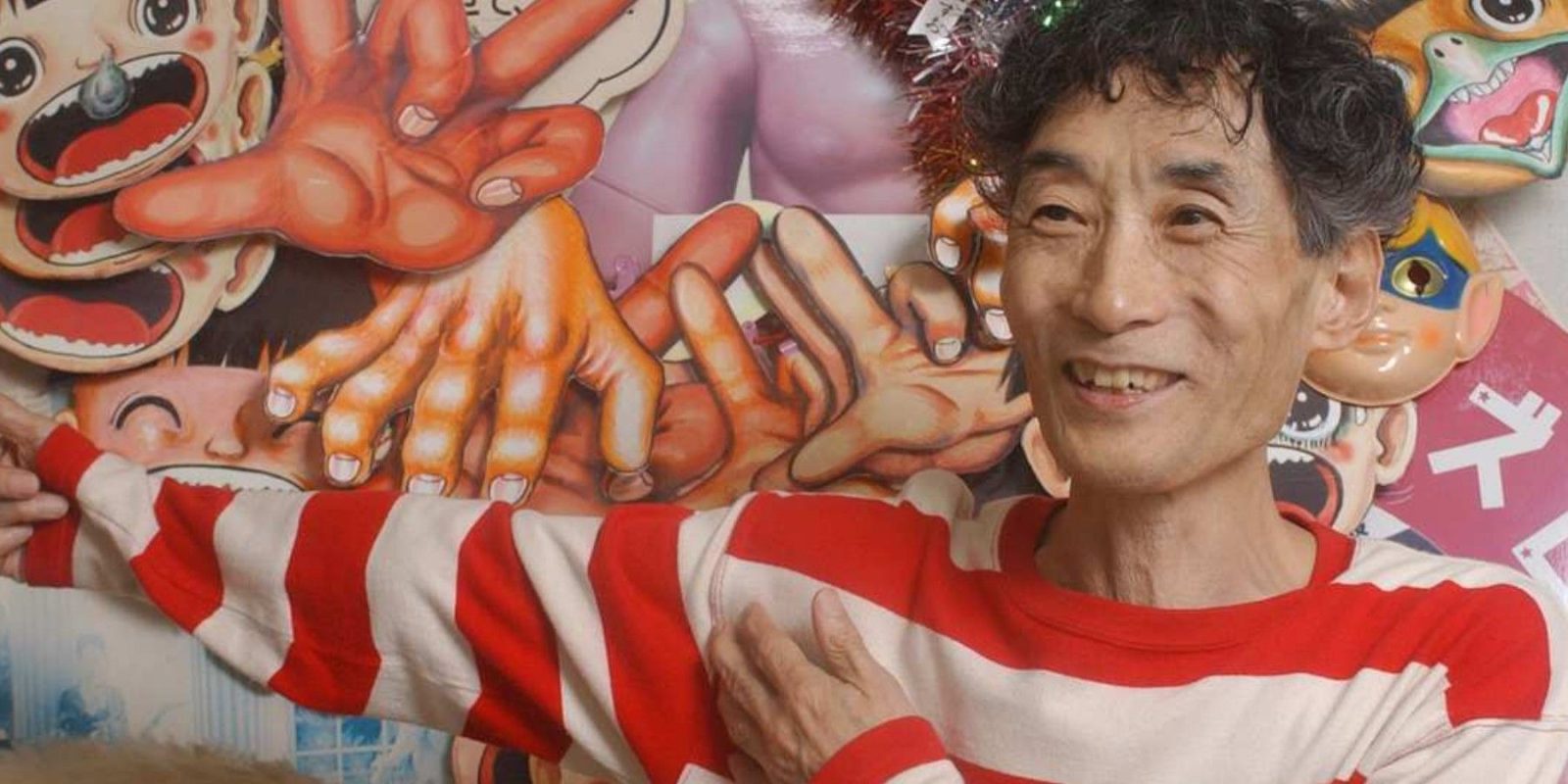
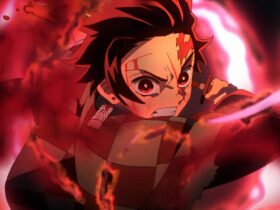
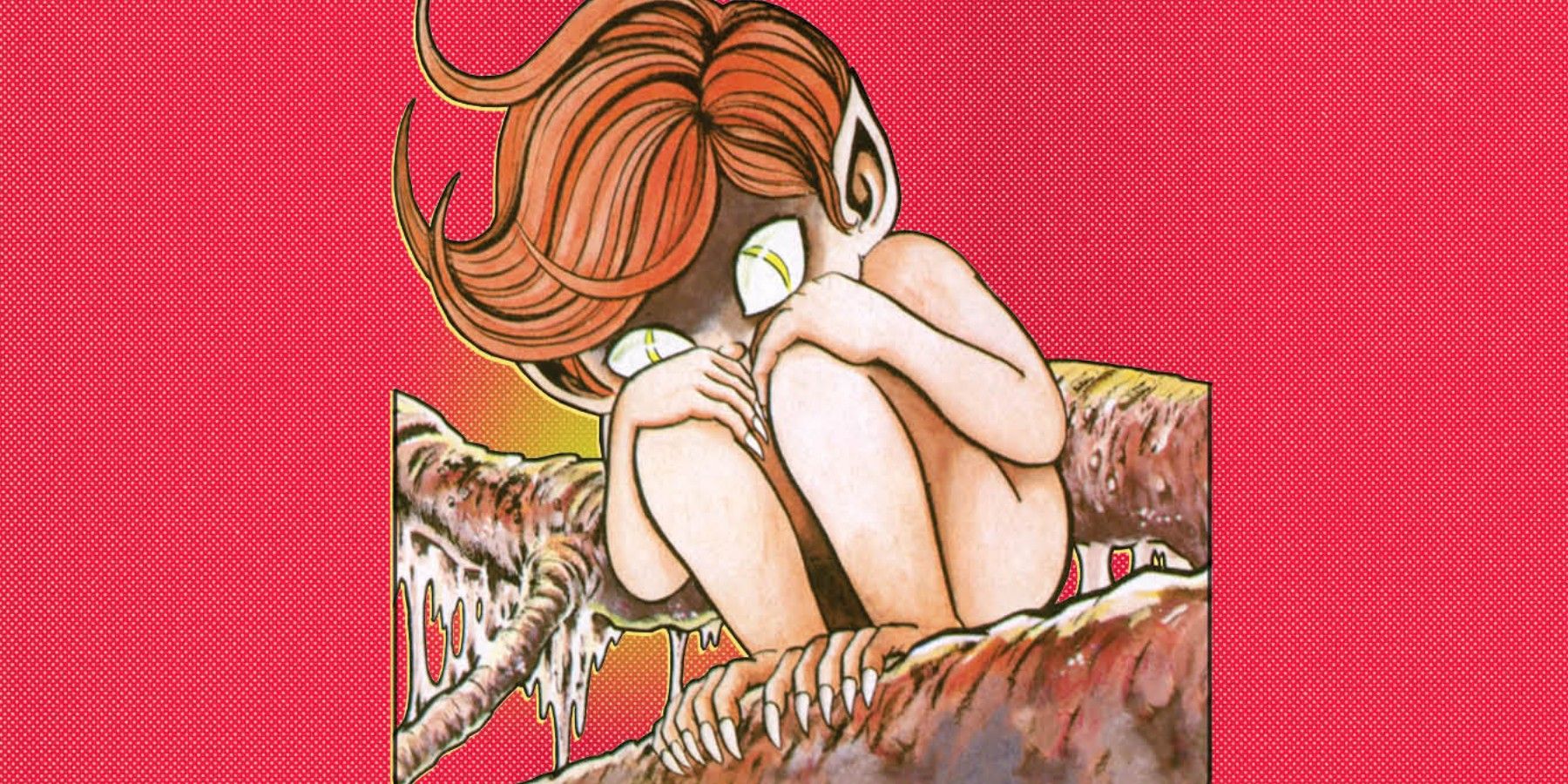
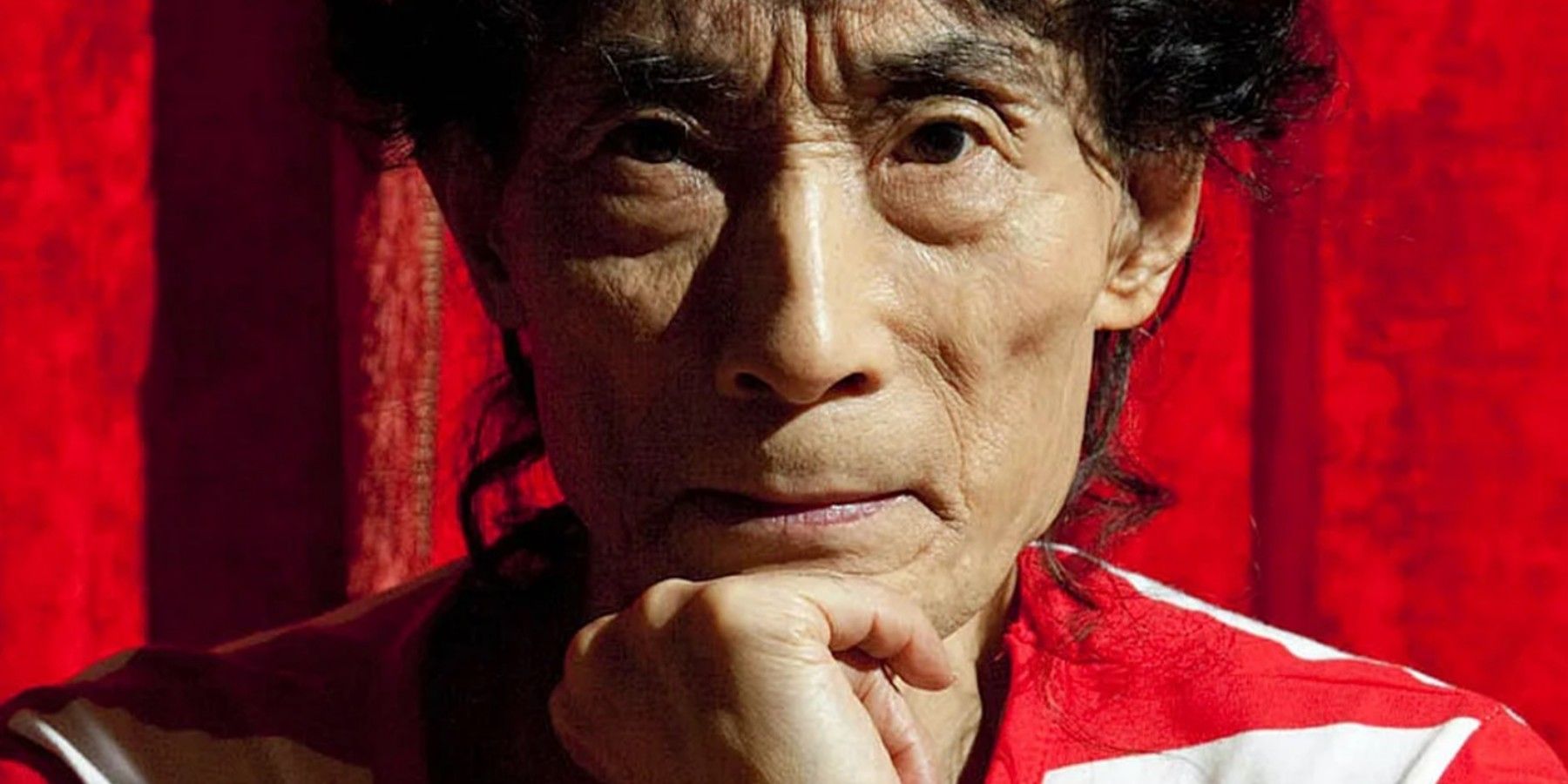




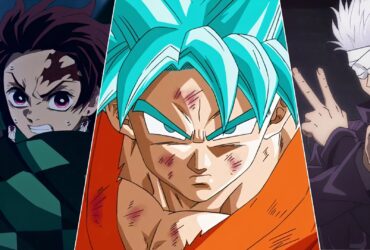
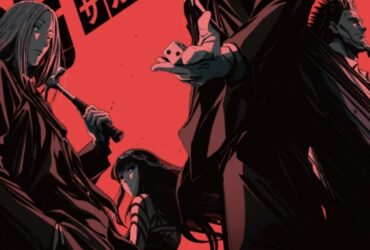



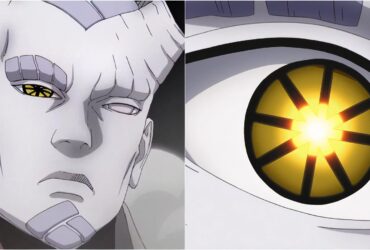
Leave a Reply